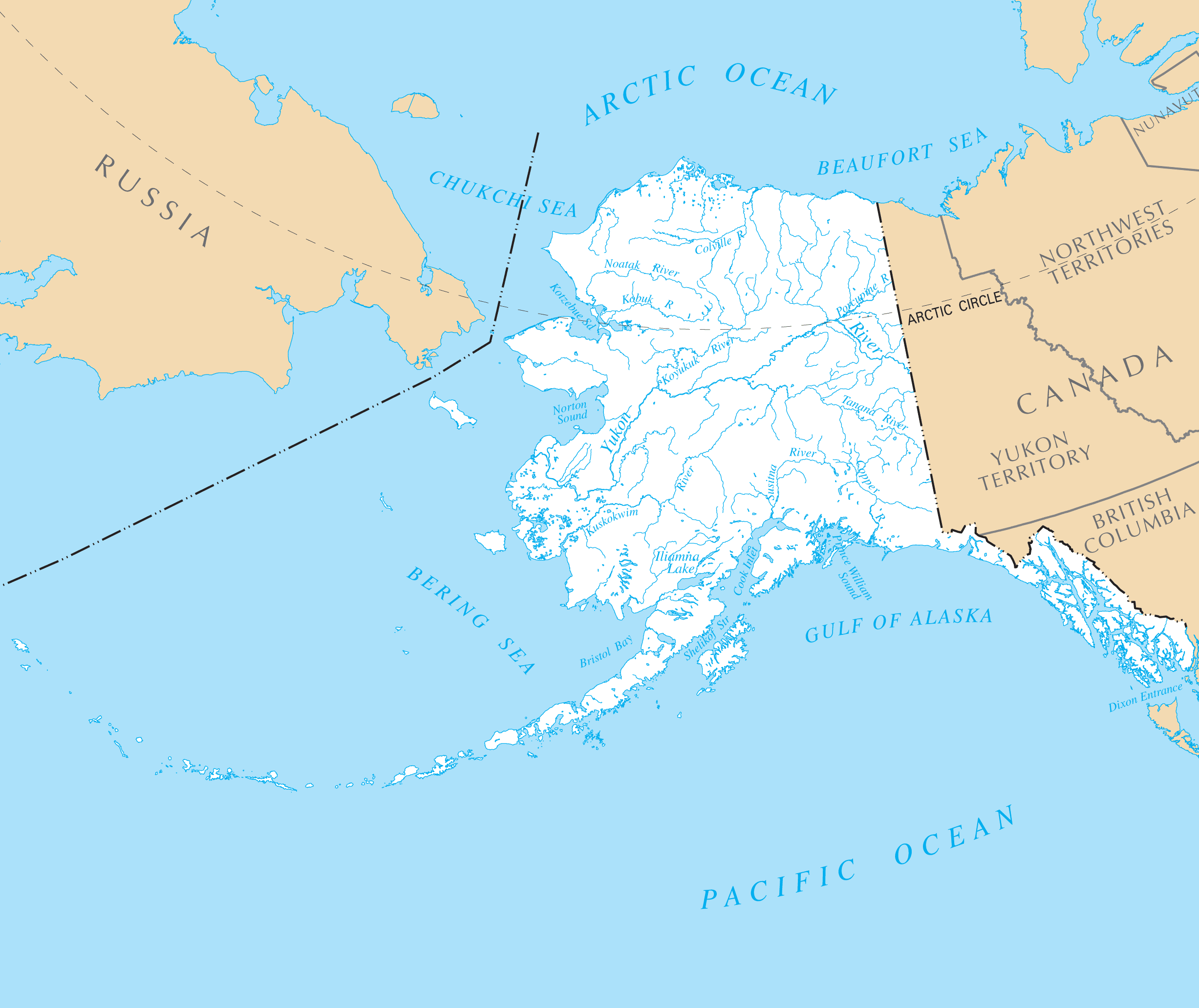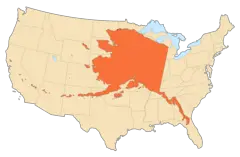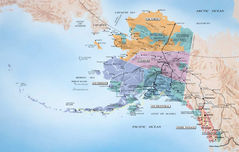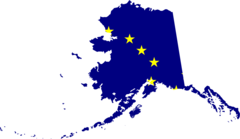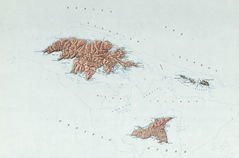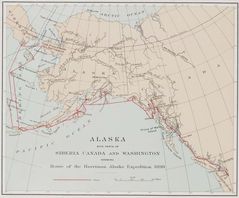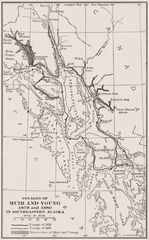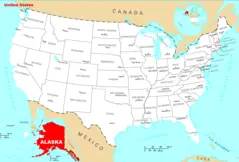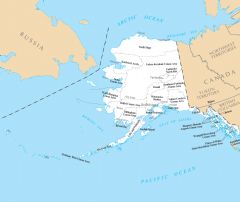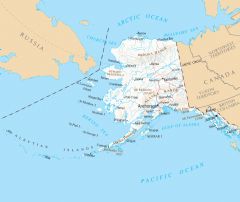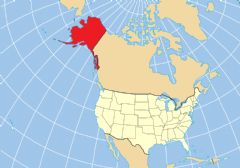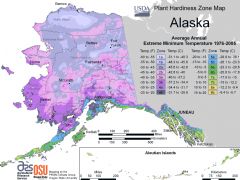Alaska Rivers And Lakes
Alaska is home to thousands of rivers that shape its varied landscapes. Here are some of the most significant Alaskan rivers:
Yukon River
The Yukon River is one of the longest rivers in North America, flowing northwest through central Alaska. Details:
- It runs over 1,980 miles from British Columbia through the Yukon Territory in Canada before reaching the Bering Sea.
- The Yukon was a major highway for Alaska's gold rush in the late 1800s.
- Today it supports fishing and is an important wildlife habitat.
- Sections of the river are designated as a National Wild and Scenic River.
Kuskokwim River
The Kuskokwim River in southwest Alaska is over 700 miles long. Facts about the Kuskokwim:
- It supports a vibrant salmon fishery and is an important source of fish for native villages.
- The river has long been a transportation route across the remote Alaskan interior.
- In 2019, it experienced a massive salmon die-off due to warm waters.
Copper River
The 300-mile long Copper River flows from the Wrangell Mountains through southcentral Alaska. Details:
- It is famous for its salmon runs, especially king and sockeye salmon.
- The river winds through the Wrangell-St. Elias National Park, the largest national park in the U.S.
- It drains a huge remote wilderness area of forests, glaciers, and mountains.
Major Lakes in Alaska
Some of Alaska's most significant lakes include:
- Lake Iliamna: The largest freshwater lake in Alaska, located southwest of Anchorage.
- Becharof Lake: The second largest lake in Alaska, on the Alaska Peninsula.
- Teshekpuk Lake: A key wetland habitat for migratory birds in the Alaskan Arctic.
- Lake Clark: Located inside Lake Clark National Park, covered with glaciers.
Alaska's rivers and lakes form the lifeblood of its ecosystems and communities. Learning about them provides insight into the rich natural heritage of America's largest state.
